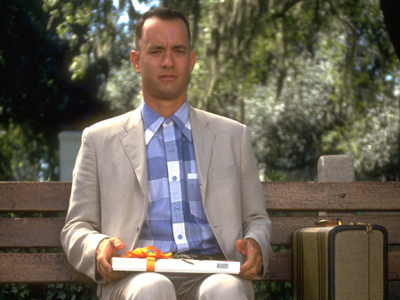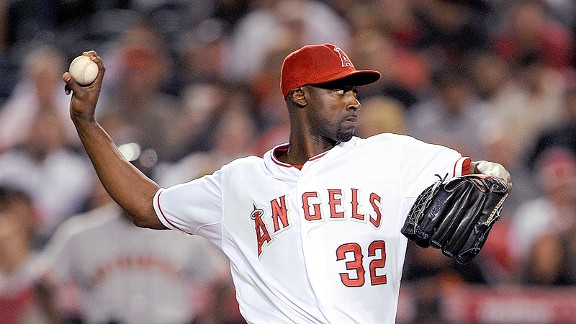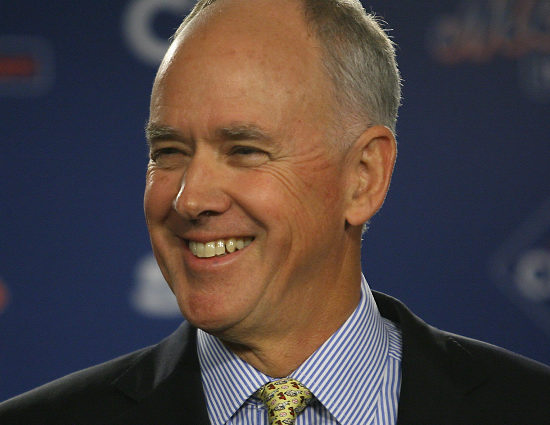It was announced yesterday that the Mets signed 40-year old LaTroy Hawkins to a minor league deal with an invitation to major league Spring Training. He joins a plethora of veteran relievers to receive the same deal including Tim Byrdak, Aaron Laffey, Pedro Feliciano and most recently Scott Atchison. In recent years, the Amazin’s have tried to fill the gaping hole in the bullpen by signing big-name arms that haven’t gone as expected or making trades that have backfired.
Unlike building other factors of a team, the bullpen is not necessarily something that can be solved by going on a spending spree, because short of Mariano Rivera or Jonathon Papelbon, there aren’t many bonafide elite arms in relief. This is mostly because relievers are such a crapshoot and fluctuate so greatly from year to year in performance.
Just look at Ramon Ramirez for the Mets last season. Prior to 2012, Ramirez had at least 65 innings pitched and an ERA south of three each of the four previous seasons. His less effective years in 2006 and 2007 came at Coors Field with the Rockies, so take his career 4.45 ERA in Denver with a grain of salt. What seemed to be a solid effective reliever from 2008-2011, was anything but with the Mets in 2012. He seemed like such a steady arm for the Mets, so consistent that the front office was willing to part with Angel Pagan in return for a reliable go-to arm out of the ‘pen, and it blew up in Sandy Alderson’s face.
In addition to Ramirez, K-Rod, J.J. Putz, Sean Green, Hisanori Takahashi, Jon Rauch, Frank Francisco, D.J Carrasco, and Ryota Igarashi represent some of the Mets major relief acquisitions in recent years. Short of a solid season out of Takahashi and an up-and-down year from Rauch, the Amazin’s haven’t fared all too well with the large-scale relief deals.
This is not to say that signing big-name relievers are a mistake, but in my opinion carry a higher risk; not in the sense that they are at a higher risk for failure, but require a higher commitment to acquire them. That could be in the form of a 3-year $37 million deal or by trading someone like Angel Pagan or Mike Carp. The aforementioned arms that Alderson has signed have just as much of a chance for success or failure as the more well-known relievers, only they come with little to lose if things don’t pan out.
The 2012 Oakland A’s came into the year without Andrew Bailey, Brad Ziegler or Craig Breslow. With the exception of Grant Balfour, the bullpen was entirely comprised of no-names and cast offs, primarily acquired via a minor league deal, as prospects via trade, or from the farm system. This collection of misfit toys took a bullpen that last year had a 15-25 record, and ranking 18th in baseball in ERA, to a squad that produced 30 wins compared to just 14 losses and ranking second in the AL only to the Rays with a 2.94 collective ERA.
The fact of the matter is, relievers are like a box of chocolates; and not the kind you send to Jose Reyes. You never know what you’re going to get. Who is to say Jeremy Affeldt or Sean Burnett will have better seasons than LaTroy Hawkins or Pedro Feliciano?
Last winter, Alderson tried to go the conventional route, and it produced the worst bullpen in baseball. Now trying a different, more selective and educated approach, this bullpen could be something that doesn’t draw adjectives such as “atrocious” and “appalling”. Or at the very least, in the words of Sandy:
“I’m not sure how we can end up with a not-improved bullpen.”

















